The “Perfect Match” Song – Dynasty – Inspired Looks Are Confusing!

Many netizens are complaining that they can’t tell the characters apart after watching Perfect Match (《五福临门》) for quite a while. What’s more, it’s easy to get visual fatigue. Once they checked the pictures, they were really left dumbfounded. Setting aside the plot and the actors’ looks, were the makeup and costumes in this drama really all made from the same mold?
Ⅰ. Some Complaints
The actors and actresses in the drama actually all have good looks. However, the costumes and makeup are so similar that they’re extremely disappointing. Indeed, there’s absolutely no way to tell the characters apart. We can’t help but marvel that it takes real “skill” to use makeup and costumes to erase each character’s individuality.
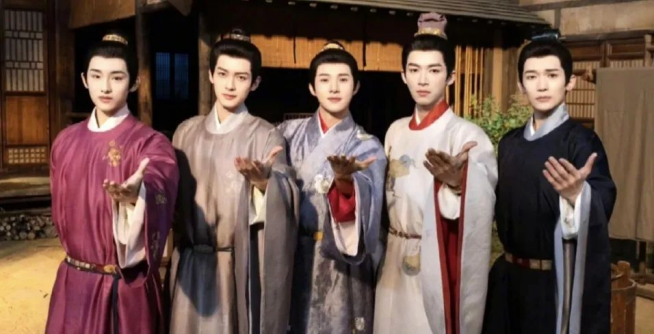
Normally, costume dramas place great importance on differentiating between characters. Take historical hanfu dramas from last century in China, such as Ming Dynasty in 1566, Tang Ming Huang, and Dream of the Red Chamber (1987 version) . The character designs in these shows were incredibly diverse. Each character had a unique look that held up to scrutiny. It makes one wonder if the decline in global economic conditions has led to a drop in aesthetic standards, which is now affecting modern TV dramas.
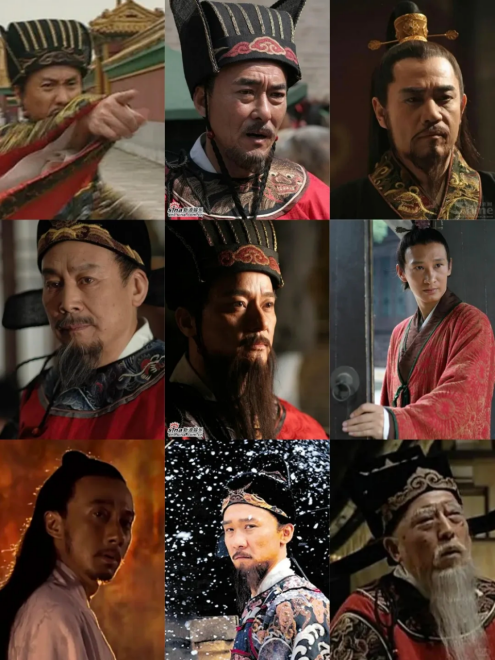
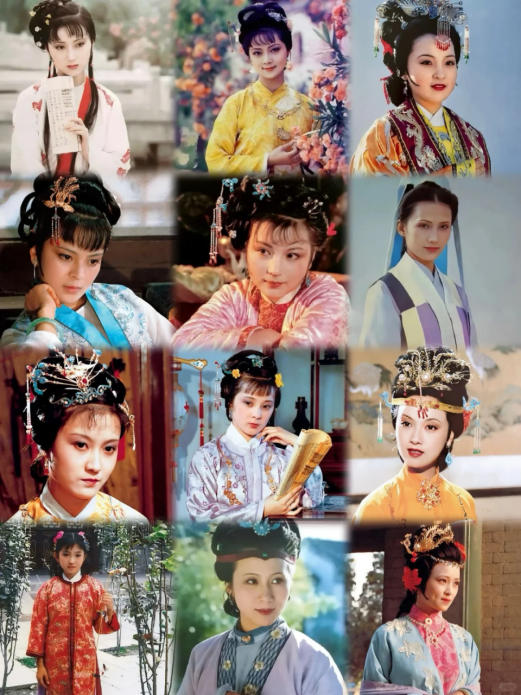
Apart from some well – crafted historical dramas from earlier years, let’s take a look at recent ones like Flourished Peony, The Story of Pearl Girl (《珠帘玉幕》), and A Dream of Splendor. In these shows, significant efforts were made to create distinct group portraits. Characters had different makeup and costumes depending on the stage of the story and the occasion. Even though most Tang Dynasty clothing in dramas were high – waisted blouse – skirt sets, there were differences in fabric patterns, which was a much – talked – about aspect. There are numerous surviving Tang and Song – dynasty fashion styles to draw inspiration from. Makeup and costume styles for different characters can be made highly distinctive, and hairstyles and outfits can vary according to different occasions. The essence of a group portrait in a drama is to endow each character with unique features, rather than reducing them to mere background props.
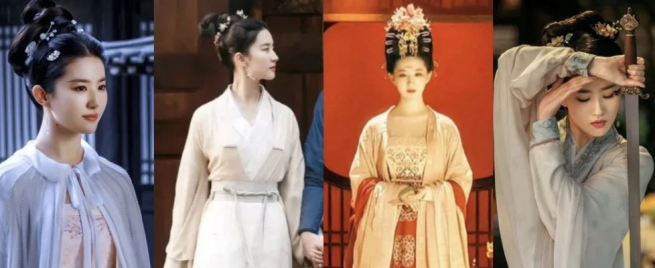

Sometimes, when you zoom out the camera, it’s impossible to tell who’s who even without considering the faces. What’s more, the color schemes of everyday outfits are almost identical. This is one of the biggest issues with makeup and costume design in current TV dramas—an over – emphasis on mass – produced sameness. This problem affects both male and female characters. After much thought, we sincerely hope that those working in the industry can improve their aesthetic sensibilities and present us with better works.
Ⅱ. Reasons for the Lack of Distinctiveness in Styling
Without exception, the makeup and hairstyles of the female characters in this drama follow a middle – parted, eight – character – shaped combing style. They sport either a single – bun or double – bun hairdo, with occasional variations like double – ringlets or split – tresses. Even the placement of side – covering combs, hairpins, and hair crowns is strikingly similar. Their eye makeup, eyebrows, and lip makeup are virtually identical. Most of the costumes are Song dynasty clothing, specifically the beizi (褙子, traditional upper garment with long sleeves) popular in the Southern Song Dynasty. There are also cross – collared blouse – skirt sets and wide – sleeved long gowns from the Northern Song Dynasty. The fabrics used are alike, and color schemes and patterns are applied without much differentiation. What’s worse, for some characters, the only change is that they tie up their hair after getting married. Otherwise, a character’s look remains largely unchanged throughout the show. This perfunctory approach makes it seem like the drama is just using Hanfu as a superficial guise while telling a modern story. It can also mislead viewers who are unfamiliar with Chinese culture.
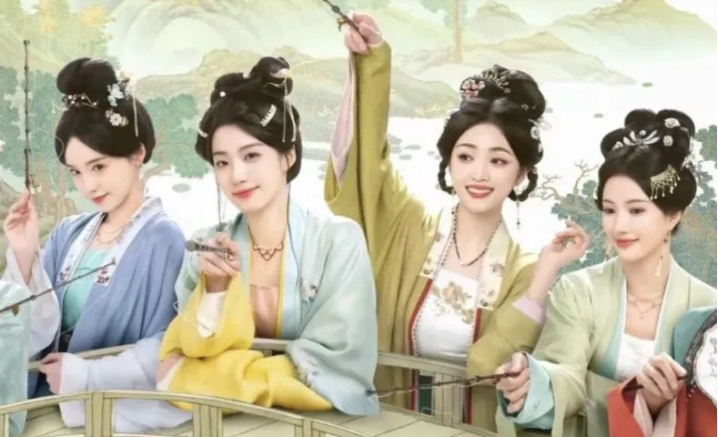
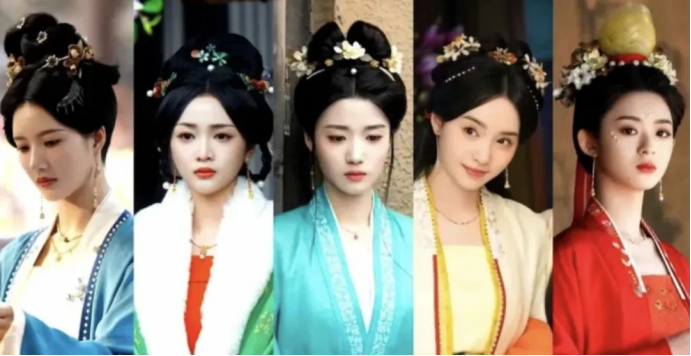
Regrettably, this is all too common in modern costume dramas. Instead of tailoring makeup and costumes to suit each character’s personality, screenwriters often take shortcuts by creating templates and expecting the audience to conform to this templated aesthetic. This creates cultural stereotypes. No wonder netizens are complaining that they can’t tell the leading ladies apart—even the maid played by Zhao Qing (赵晴) is more distinguishable.
Take Hilarious Family(《兰闺喜事》), another family – themed light comedy set in the Song Dynasty. The eldest daughter loves flamboyant outfits, the second daughter is good at cooking and housework, the third daughter is fond of reading, and the fourth daughter has a chivalrous spirit. Their differences are evident not only in hairstyles, makeup, and costume color schemes but also in their walking postures and detailed accessories. You can tell them apart just by looking at the back of their heads. Similarly, the status, position, and personality of male characters can be easily discerned from their clothing.
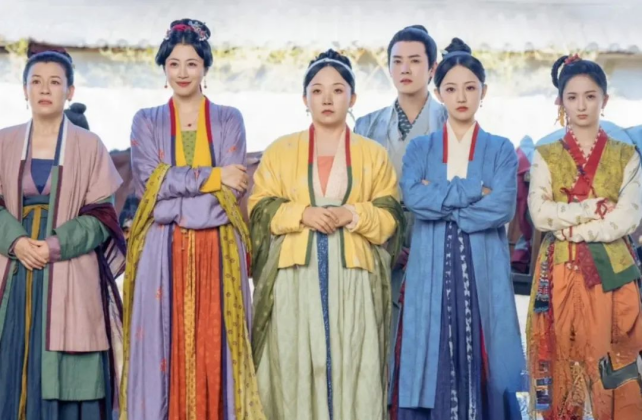
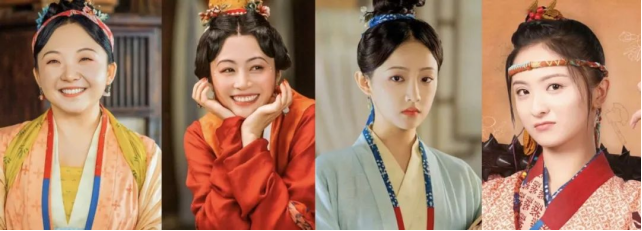
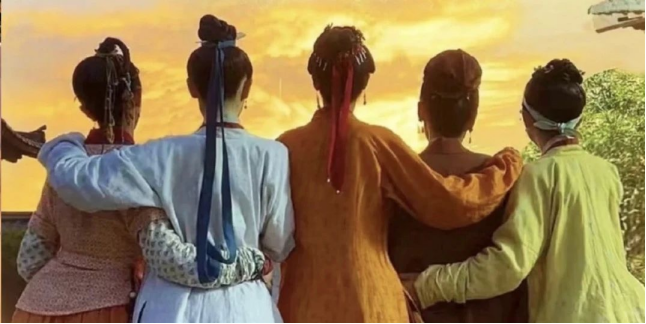
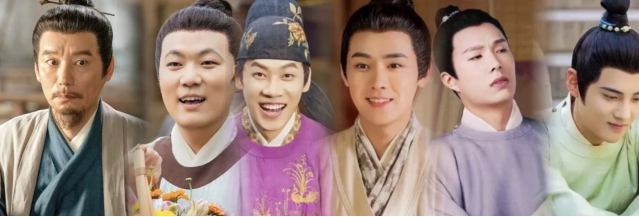
Summary
Netizens are raising doubts because the production team heavily promoted the exquisite craftsmanship of the makeup, costumes, and set design during pre – release publicity. However, while individual character looks are passably refined, they lack authenticity in historical recreation. When it comes to group aesthetics, the results are undeniably disappointing. There are numerous ready – to – use models of hanfu, hairstyles, and accessory – wearing styles in Song – dynasty paintings that could have been referenced. Such a perfunctory approach to makeup and costumes not only fails to establish distinct character identities but also directly undermines the visual appeal of the drama. To sum it up, don’t use Song – dynasty culture as a pretext. Sorry, but the audience is already tired of such lackluster attempts.
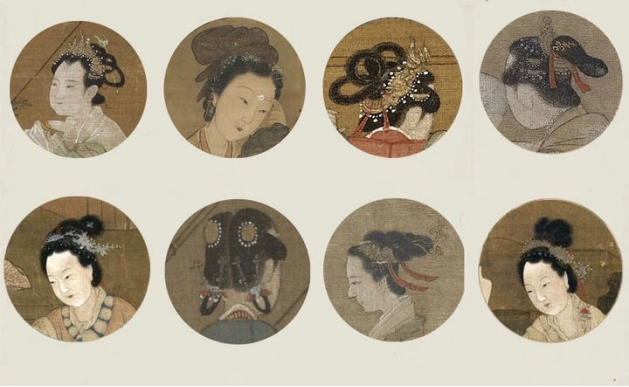
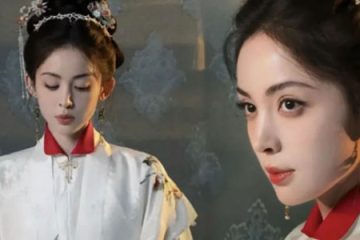
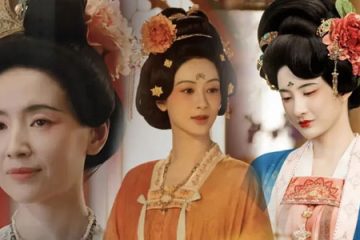
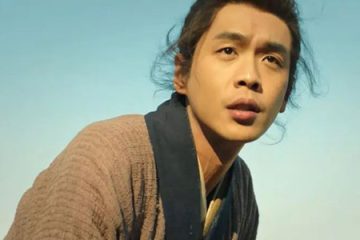
0 Comments